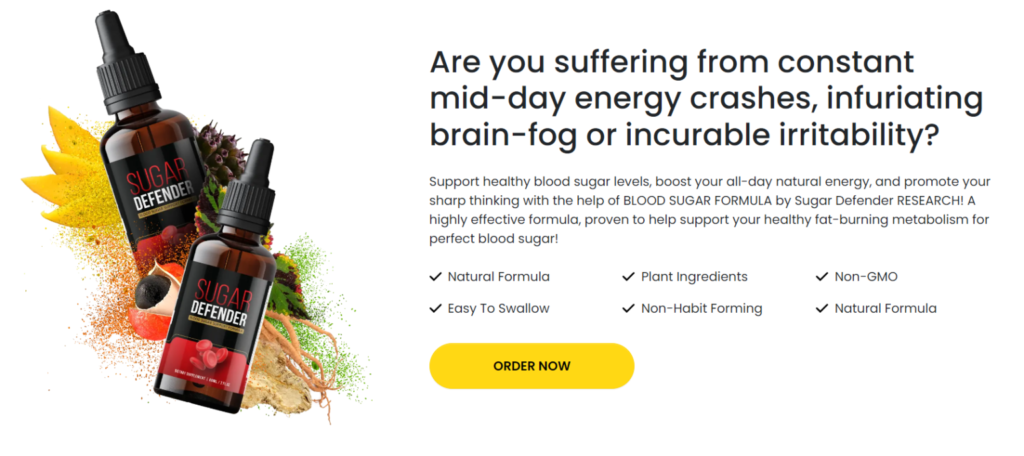Heat Stress: 25 Essential Safety Tips to Stay Safe in the Heat
As temperatures rise, so does the risk of heat stress, a condition that can lead to serious health complications, including heat exhaustion and heat stroke. Understanding heat stress and how to prevent it is essential for anyone working or spending time in hot environments. Here, we discuss 25 critical safety tips to help you beat the heat and stay safe.
1. Understand Heat Stress
Heat stress occurs when your body cannot cool itself efficiently, leading to dehydration, fatigue, and even life-threatening conditions like heat stroke.
2. Recognize the Symptoms
Common symptoms of heat stress include excessive sweating, fatigue, dizziness, nausea, and confusion. Early detection can prevent serious complications.
3. Stay Hydrated
Drink plenty of water throughout the day, even if you don’t feel thirsty. Proper hydration is key to preventing heat stress.
4. Wear Appropriate Clothing
Light-colored, loose-fitting, and breathable clothing can help your body cool down efficiently.
5. Use Sun Protection
Wear a wide-brimmed hat, sunglasses, and sunscreen with SPF 30 or higher to protect yourself from harmful UV rays.
6. Take Frequent Breaks
Schedule regular breaks in shaded or air-conditioned areas to allow your body to recover from heat exposure.
7. Know the Heat Index
The heat index combines temperature and humidity to indicate the level of risk. Always check it before heading outdoors.
8. Acclimatize Gradually
If you’re new to working in hot conditions, allow your body to adjust gradually over a few days.
9. Use Cooling Towels
Specialized cooling towels can help lower your body temperature during intense heat exposure.
10. Avoid Alcohol and Caffeine
These substances can dehydrate you, increasing the risk of heat stress.
11. Consume Electrolytes
Replenish lost electrolytes by drinking sports drinks or eating foods rich in potassium and sodium.
12. Plan Work Wisely
Schedule physically demanding tasks during the cooler parts of the day, such as early morning or late afternoon.
13. Use Ventilation
Fans and ventilation systems can help improve airflow and reduce heat accumulation in workspaces.
14. Monitor Co-Workers
Look out for signs of heat stress in your team. A buddy system can help ensure everyone stays safe.
15. Educate Employees
Provide training on heat stress, its symptoms, and prevention techniques to workers in high-risk environments.
16. Avoid Overexertion
Listen to your body and avoid pushing yourself too hard in the heat.
17. Use Shade Structures
If working outdoors, set up temporary shade structures to provide relief from direct sunlight.
18. Invest in Cooling Vests
Cooling vests are a great option for people working in extreme heat for extended periods.
19. Have a Heat Emergency Plan
Ensure everyone knows what to do in case of a heat-related emergency.
20. Recognize Heat Stroke Signs
Heat stroke is a medical emergency. Symptoms include confusion, hot dry skin, and loss of consciousness. Act immediately.
21. Encourage Hydration Breaks
Employers should mandate hydration breaks to ensure workers are staying safe.
22. Limit Time in Hot Zones
Rotate workers in and out of hot environments to reduce exposure.
23. Monitor Weather Conditions
Stay updated on weather forecasts and heat advisories to prepare appropriately.
24. Avoid Heavy Meals
Eating large, heavy meals can raise your body temperature. Opt for smaller, lighter meals instead.
25. Promote a Safety Culture
Fostering a workplace culture that prioritizes heat safety ensures long-term protection for all employees.
Conclusion
Heat stress is preventable with the right knowledge and precautions. By implementing these 25 safety tips, individuals and workplaces can protect themselves and their teams from heat-related illnesses.
“Start Your Website Journey Today – Exclusive Hostinger Discounts!”









